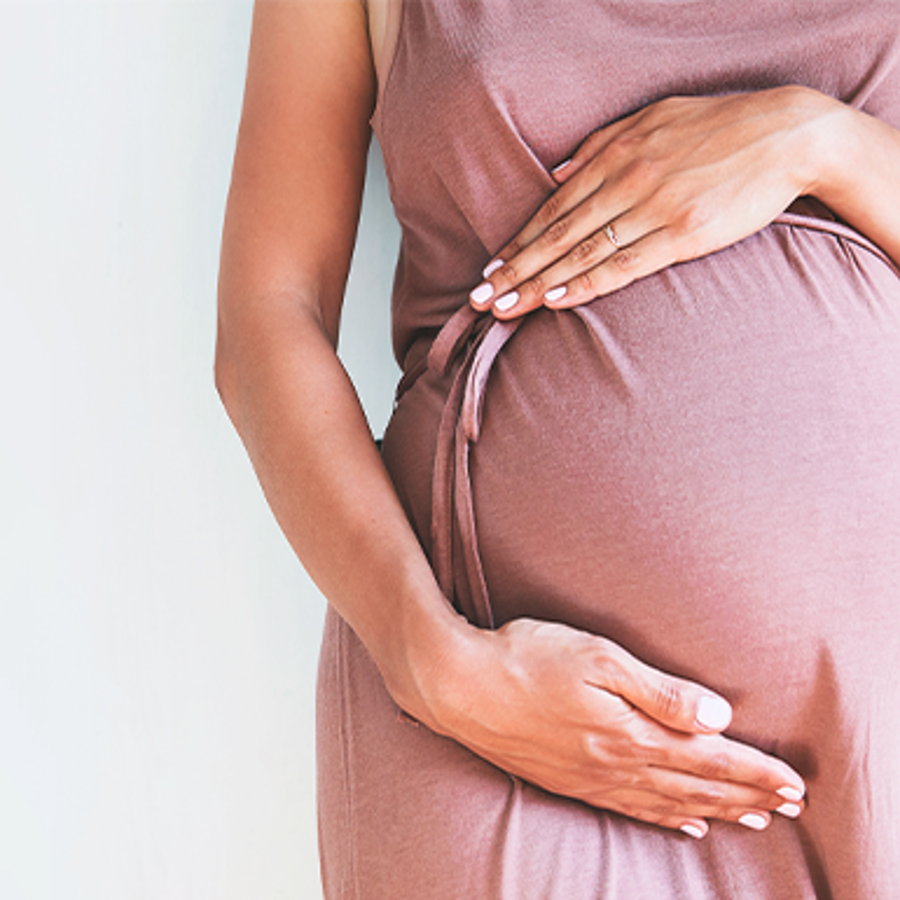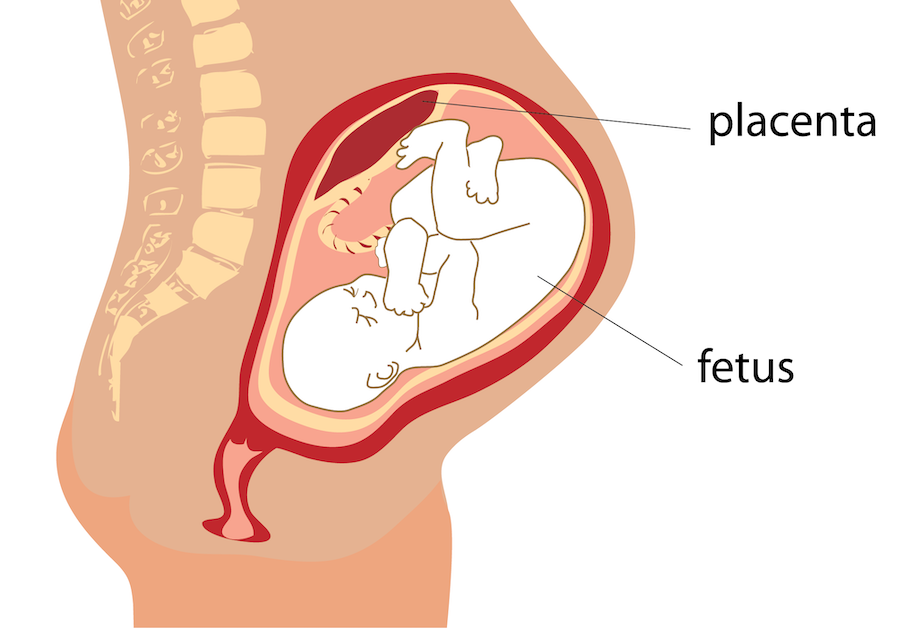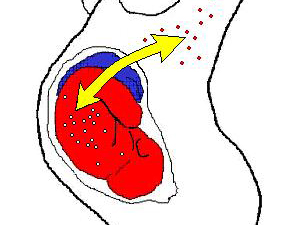
Is any DNA passed from a surrogate mother to a child?
July 13, 2011

- Related Topics:
- Reproduction,
- Microchimerism,
- Chimera
A curious adult from New Jersey asks:
"DNA is passed from parent to child. When a woman carries a child that came from a donor egg (not of any blood or genetic relation to the woman), due to her blood being the same blood that pumps through the heart of the fetus inside her, does that fact change or alter the DNA of the fetus/child to show any blood or genetic relation to the woman who carried that fetus/child?"
A person who carries someone else's baby contributes very little, if any, DNA to the child. This is because the child already has its DNA from its biological mom and biological dad. Also, the baby's own blood passes through its body – not the blood of its surrogate mom.
However, there is a possibility that some DNA could be transferred from the pregnant person to the fetus that she is carrying. And vice versa, from the child to the pregnant person.
This exchanged DNA will have almost no effect. At most, it will be a few cells (with DNA) hiding out amongst the trillions of original cells of the child. Too few cells of the surrogate mother are passed to the child for them to actually pass on any of her characteristics or affect the child in any significant way.
Remember – a child's DNA comes from two places. Half comes from its biological mother and half from its biological father.
But in this article, we're talking about changes in DNA that happen during pregnancy – while the child is developing. So, all of what I talk about is true for both mothers carrying their own child, as well as for surrogate mothers carrying the child of another woman.
The Placenta: Nature's Screen
A baby forms from an egg that is fertilized by a sperm. The fertilized egg divides and divides to eventually become the child.
In addition to forming the child, it also forms something called the placenta. The placenta is attached to the inside of the uterus of the mother. The placenta then connects to the baby by its umbilical cord. (Your umbilical cord used to be where your belly button is.)
The placenta is a gatekeeper between the pregnant person and the child. It is very important because it only lets certain things pass through it. The placenta is what prevents much DNA from passing between a mother and the child.

The placenta is like a screen that separates the developing child from the mother. (Image via Shutterstock)
In this way, the placenta is like the screen on a window of your house. Rain and pollen from outside can get in through the holes of your screen. But bugs are too big to fit through and get inside. And the smell of your cooking can waft outside through the holes in the screen – but you can't.
Of course the placenta doesn't separate the inside of your house from the outside. It instead separates the developing baby from the mother, and only lets certain things go back and forth.
The placenta allows nutrients that the baby needs to pass from the mother to the baby. The placenta also lets waste that the child doesn't need go back through to the mother. But the placenta doesn't let blood or other cells from the mother or child pass through.
This means that in theory, no DNA gets through either, since DNA is inside of cells. For the most part, a surrogate mom's DNA stays on one side of the barrier and the baby's on the other.
So, blood, cells, and DNA don't pass directly between the pregnant person and child. Just the important things inside the blood do.
Which is a good thing. If too many cells from the mother get inside the child, it could be dangerous for the child. A lot of cells from the child passing to the mother could be dangerous for the mother, too. This is why the placenta doesn't let many through.
A Hole in your Screen
Of course, nothing in life is completely perfect. And that includes the placenta.
Just like you'll sometimes find a pesky fly buzzing around your room, even with a screen on your window, sometimes cells can get through the placenta. This can happen in both directions – from the pregnant person into the child, and from the child into the pregnant person.
It is a bit more common for DNA from the child to get into the mother. But cells from the mother can get into the child too – carrying along the DNA of the mother.

A few cells can sometimes pass between the mother and child, carrying their DNA. But it isn’t very many compared to the total number of cells in the body. Via Wikipedia
At one time this was thought to be very rare. But, some recent studies have found a few cells from the mother pass into the child in around 40% of pregnancies.
But just like your screened-in room isn't full of flies, the baby is not chock-full of DNA from the woman carrying it. The few cells that sneak through the placenta have the mother's DNA – but that's it.
If these cells stick around, scientists call it fetomaternal chimerism. But, only a few cells usually do.
So, in comparison to the trillions of other cells of the baby, the cells that sneak through don't have much of an effect. (Some studies have suggested that they might make autoimmune diseases more likely, but this research is still at an early stage.)
The bottom line is that once an egg is fertilized, the person carrying the fertilized egg does not contribute a significant amount of DNA to the fetus.
But she could still affect how that DNA is eventually used in the child. Scientists call these other effects epigenetics. See the links below to learn more on this topic.
Read More:
- Epigenetics and Cell Types
- CDC: What is epigenetics?
- WhatIsEpigenetics.com: This site has Parenting, Pregnancy, and Epigenetics
- NYTimes: A Pregnancy Souvenir: Cells That Are Not Your Own
- Scientific American: A Child's Cells May Help or Harm the Mother Long after Delivery

Author: Julie Granka
When this answer was published in 2011, Julie was a Ph.D. candidate in the Department of Biology, studying inferring historical processes from genetic data in Marc Feldman’s laboratory. Julie wrote this answer while participating in the Stanford at The Tech program.
 Skip Navigation
Skip Navigation
